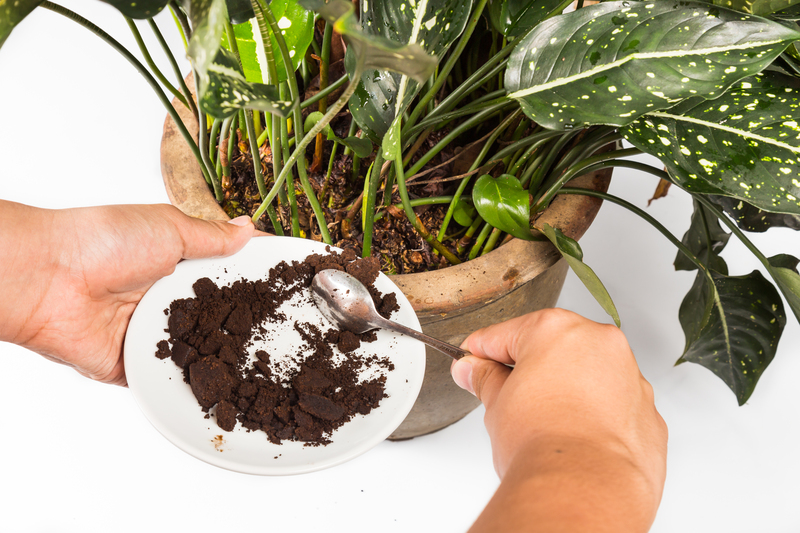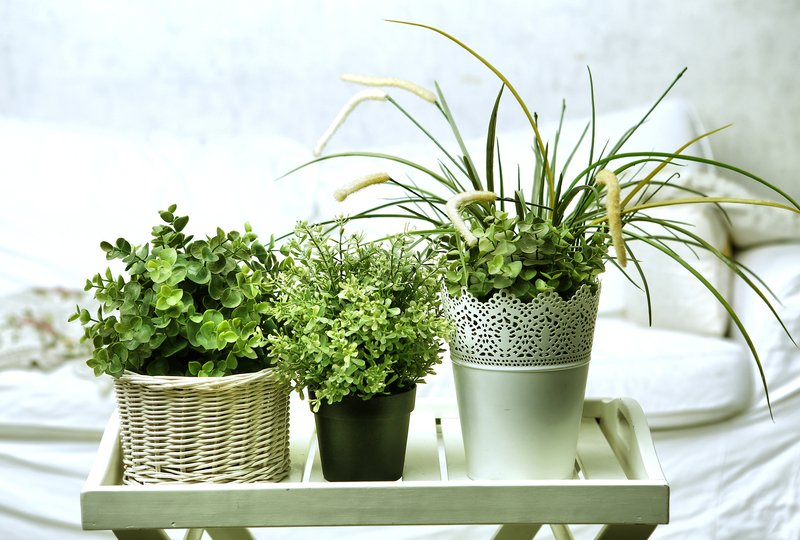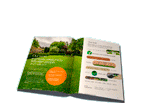Five Plants to Skip for a Healthy Garden
Posted on 08/05/2025
Gardening is a rewarding pastime that brings beauty, tranquility, and a touch of nature into our daily lives. However, not all plants are ideal for a healthy garden. Some can become invasive, harbor pests or diseases, or present other challenges that can affect the overall health of your garden. Here, we discuss five plants you might want to skip if you're aiming for a low-maintenance, healthy, and flourishing garden.
1. English Ivy (Hedera helix)
English Ivy is often praised for its lush and evergreen foliage, making it a popular choice for covering walls, fences, and ground spaces. Despite its aesthetic appeal, English Ivy can be detrimental to your garden. The plant is highly invasive, known for its vigorous growth that can smother other plants and take over garden beds.
Once established, English Ivy is difficult to remove. Its roots penetrate deeply and spread extensively, making manual removal labor-intensive. The plant can also harm structures by creeping into cracks and crevices, causing long-term damage. Moreover, English Ivy often harbors pests and diseases, which can spread to other plants in your garden.

2. Bamboo
Although bamboo can lend an elegant and exotic feel to your garden, it's another plant known for its invasive properties. Bamboo spreads rapidly through underground rhizomes, making it challenging to control. If left unchecked, it can quickly dominate garden spaces and even encroach on neighboring properties.
Managing bamboo requires significant effort and resources. A barrier must be installed around the plant's roots to prevent its spread, and any missed shoots can lead to rapid regrowth. Additionally, bamboo can deplete soil nutrients and water, potentially affecting the health of nearby plants.
3. Mint (Mentha spp.)
Mint is a beloved herb known for its refreshing aroma and culinary uses. However, planting mint directly in your garden can be a recipe for disaster. Mint has an aggressive growth habit and can spread uncontrollably through underground runners. Once it takes root, it's hard to eradicate, often requiring multiple seasons of persistent removal to control.
If you wish to grow mint, it's best to plant it in containers or isolated beds with barriers to prevent its spread. This way, you can enjoy its benefits without worrying about it taking over your garden.
4. Japanese Honeysuckle (Lonicera japonica)
Japanese Honeysuckle is a fragrant flowering vine that's often used for its sweet scent and attractive blooms. However, it's a highly invasive plant that can pose a threat to local ecosystems. The vine grows rapidly, forming dense thickets that smother trees, shrubs, and other vegetation.
In areas where Japanese Honeysuckle is prevalent, it can outcompete native plants and disrupt local wildlife habitats. Its dense growth can also make it difficult for other plants to get the sunlight and nutrients they need, leading to a decline in garden biodiversity.

5. Wisteria
Wisteria is renowned for its stunning, cascading flowers that add a touch of romance and elegance to any garden. Despite its beauty, Wisteria can become a problem if not managed properly. The vine is vigorous and can quickly overtake other plants and structures, causing significant damage.
Wisteria requires regular pruning to keep it under control, which can be labor-intensive. If left unchecked, it can grow so extensively that it weighs down tree limbs, damages buildings, and even chokes out other plants in its path. Additionally, some species of Wisteria, like the Chinese Wisteria (Wisteria sinensis), are invasive and can spread uncontrollably.
Conclusion
A healthy garden is one that is well-balanced, diverse, and free from overly aggressive plants. While the plants mentioned above have their charms, they can present significant challenges that make them less than ideal choices for the average gardener. Opting for non-invasive, easier-to-manage plants can save you time, money, and effort in the long run, and help maintain a harmonious garden environment.
Before adding any new plant to your garden, it's always a good idea to research its growth habits, potential invasiveness, and overall care requirements. By making informed choices, you can cultivate a garden that is not only beautiful but also sustainable and low-maintenance.






 Certified and experienced landscapers
Certified and experienced landscapers



 Get a Quote
Get a Quote